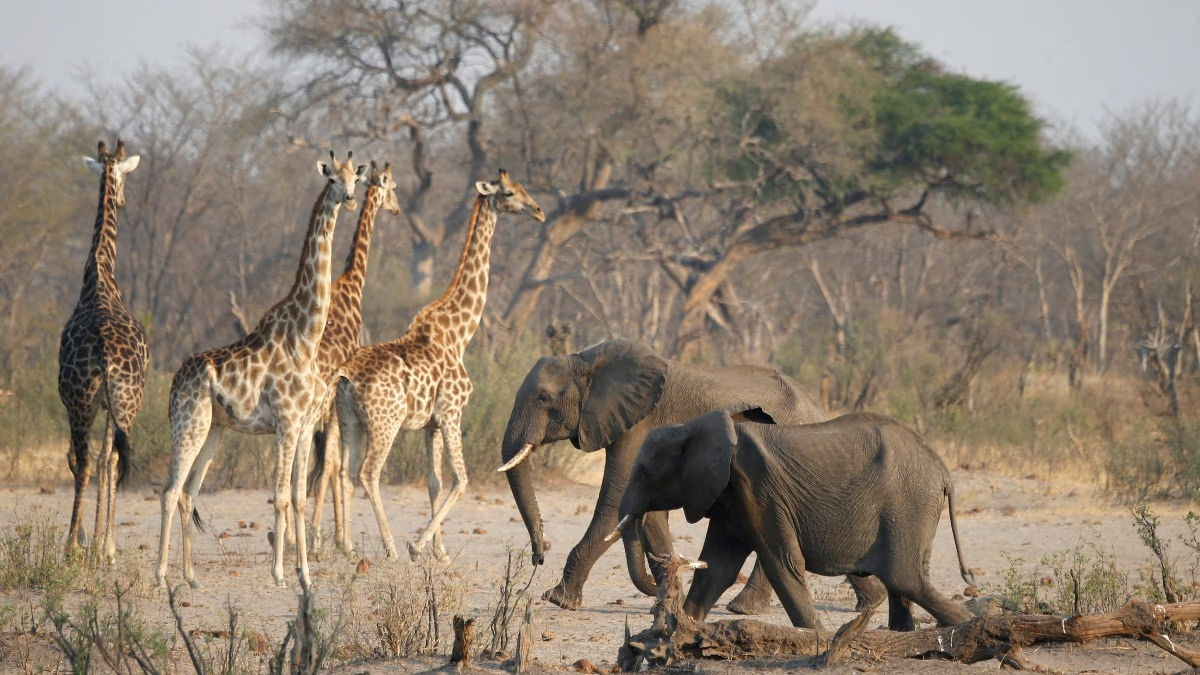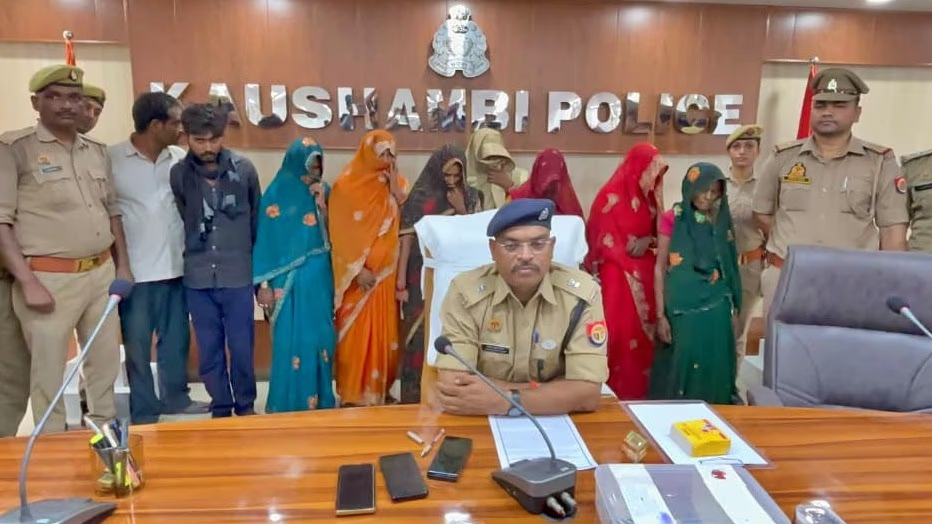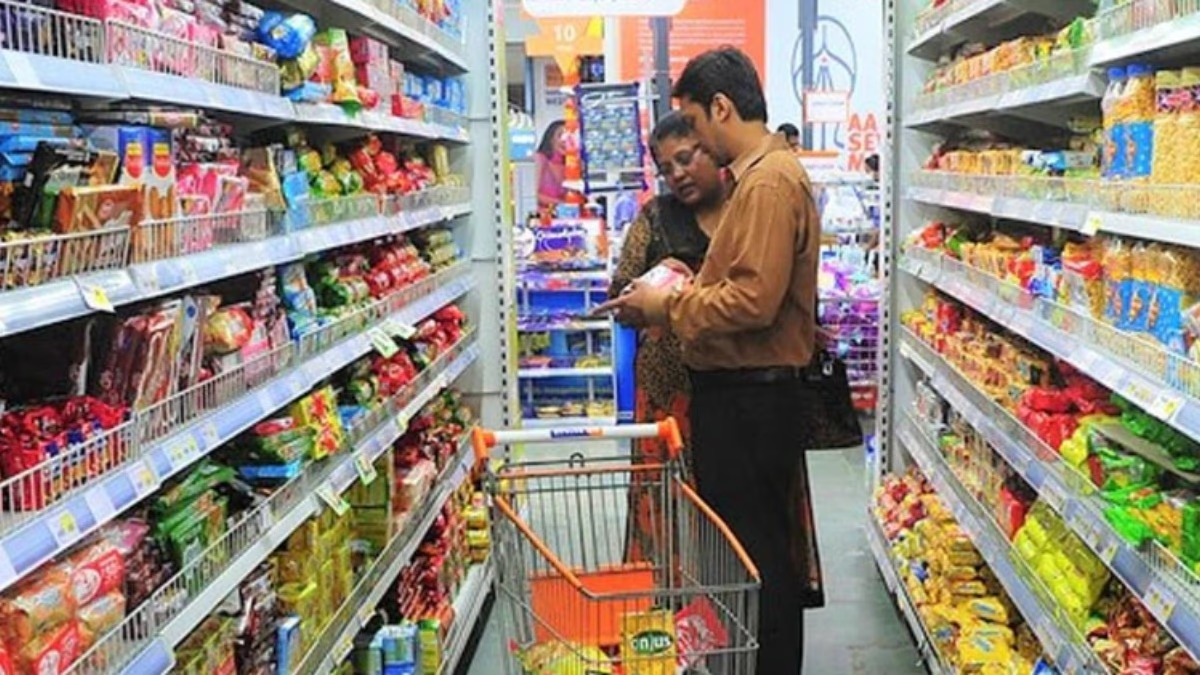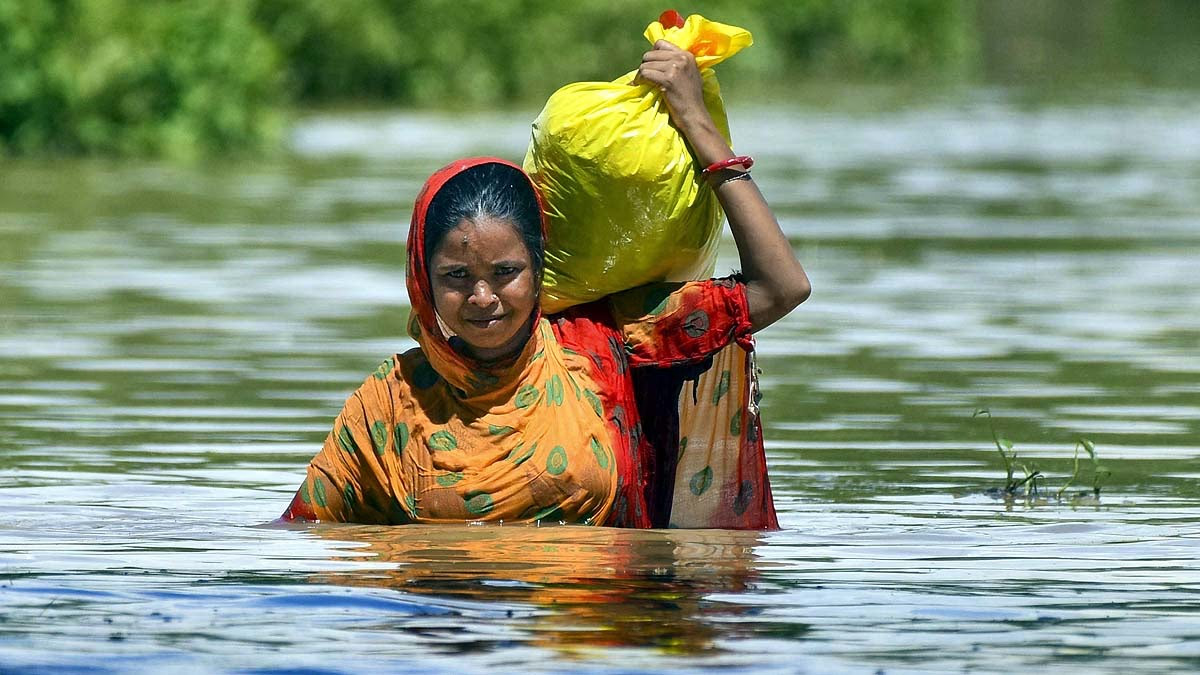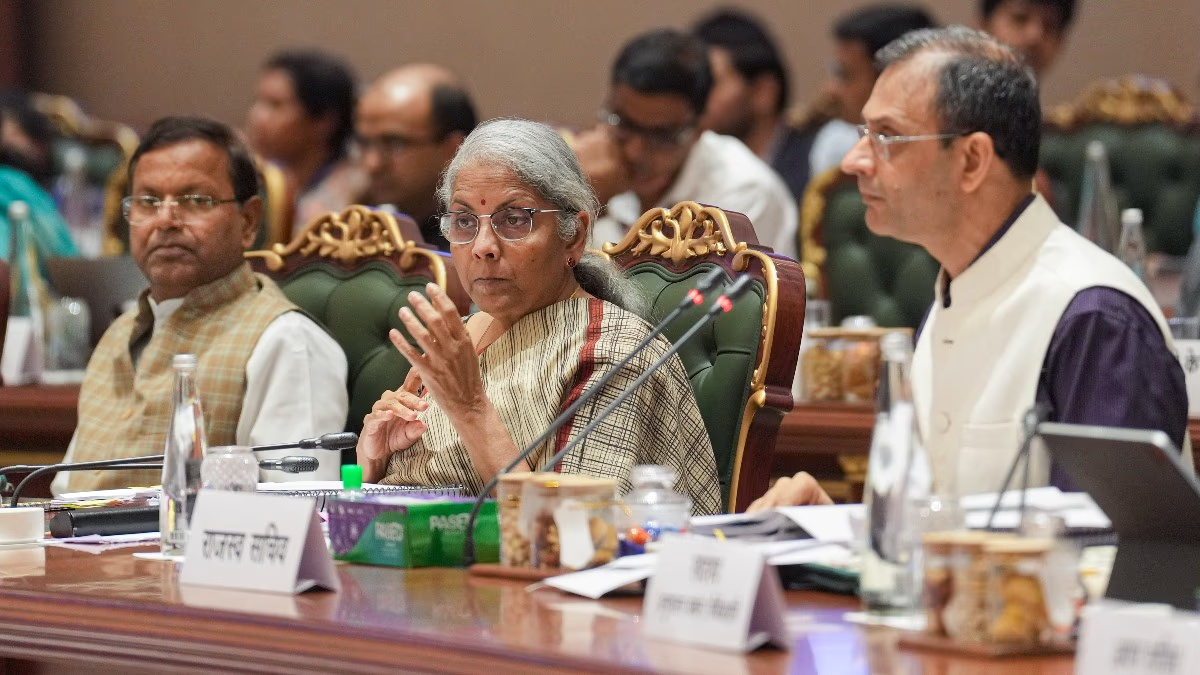Spanning over 825,000 square kilometers, Namibia is struggling with drought and famine. The situation has reached a point where wild animals are being hunted to feed the people. The government has ordered the killing of more than 700 wild animals, whose meat will be distributed among the poor to alleviate their hunger.
Last week, the Namibian government issued orders to hunt wild animals. The government has authorized the hunting of a total of 723 wild animals and directed that their meat be distributed among the poor.
The animals that the government has ordered to be killed include 30 hippos, 60 buffaloes, 100 blue wildebeests, 300 zebras, 83 elephants, and 100 elands (a species of antelope). By last week, 157 of these animals had already been hunted, and 57,875 kilograms of meat had been distributed in drought-affected areas.
The situation in Namibia has been dire for nearly a year. Lack of rain and increasing temperatures have led to a drought, resulting in famine. This is why the government has now issued orders to hunt wild animals and distribute their meat among the people to curb hunger.
How Severe is the Situation in Namibia?
Due to the drought, Namibian President Hage Geingob declared a state of emergency on May 22 this year. It is not uncommon for countries like Namibia to experience droughts, but this time Namibia is facing the worst drought in 100 years.
According to the United Nations, by last month, Namibia had exhausted 84% of its food reserves. This means that the government itself now does not have enough food to distribute and alleviate people's hunger.
Moreover, the United Nations has warned that the situation in Namibia could worsen in the coming months. It is anticipated that in the months ahead, more than half of Namibia's population will face a severe food crisis.
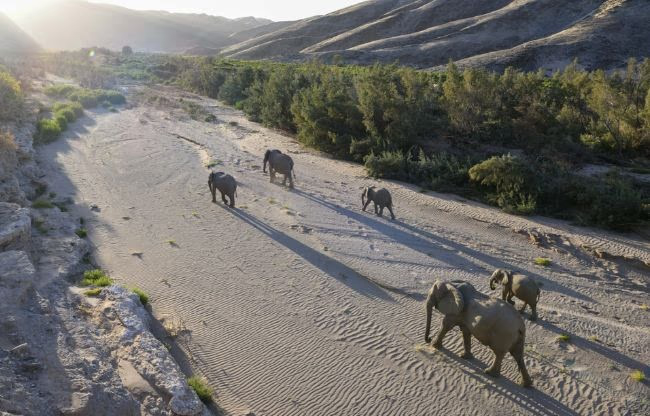
Source: aajtak
How Did This Happen?
It's not just Namibia; other countries in southern Africa are also facing drought. This started last October when temperatures rose and rainfall decreased.
Information suggests that February usually sees the highest rainfall in Namibia. But this year, the country received less than 20% of the expected amount. About 92% of Namibia is either extremely dry or dry. The situation has worsened due to the lack of rainfall.
The production of grain has also decreased due to the lack of rain. According to the United Nations, this has led to a 53% reduction in grain production. Additionally, water levels in dams have fallen by more than 70%.
The lack of rainfall is being attributed to the El Niño effect. El Niño causes temperatures to rise and reduces rainfall. Countries like Namibia, Zimbabwe, Malawi, and Zambia have declared a state of emergency due to this effect.
Three Factors Worsening the Crisis!
- Climate:
Namibia is the driest country in Africa. Here, annual rainfall is less than 10 inches on average, although some areas receive up to 25 inches. This year, the country saw very little rainfall. After a slight rain in February-March, not a single drop has fallen since April. Due to the lack of rainfall, grain production has ceased, resulting in famine.
- Inflation:
From May 2023 to May 2024, the monthly inflation rate has remained above 5% on average. Rising prices of food, tobacco, electricity, gas, and petrol have continuously increased inflation. The rising petrol prices have also increased the prices of both food and non-food items, affecting people's incomes.
- Unemployment:
Namibia is one of the countries with the highest unemployment rates. Currently, the unemployment rate hovers around 20%, while 46% of the youth are unemployed in Namibia. Consequently, poverty is widespread. According to the United Nations, one in three children in Namibia is born into a poor family. Additionally, 44% of the population lives in poverty.
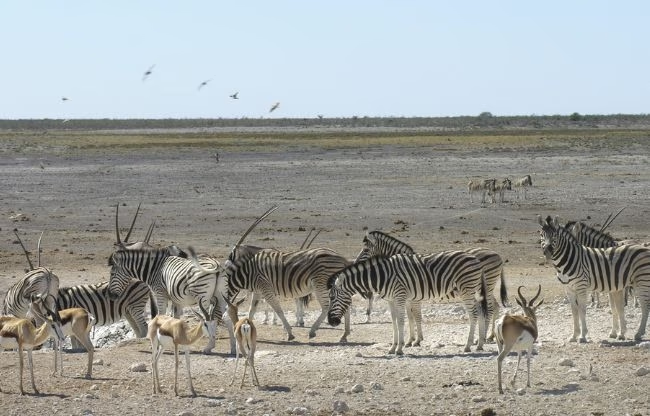
Source: aajtak
Will Hunting Animals Solve the Hunger Problem?
While it’s not unusual for drought and famine conditions to occur in Namibia, the situation has escalated this time.
However, the decision to hunt animals is also seen in a political context. Namibia is set to hold presidential elections in November this year. All 14 regions of Namibia have been severely affected by the drought. Experts believe that the order to hunt animals aims not merely to alleviate hunger but also to garner votes. The ruling party is facing challenges in rural areas like Kavango and Caprivi, and this move aims to win over the people in these areas.
Many countries worldwide resort to eating the meat of wild animals. In Namibia, eating the meat of animals like zebras, blue wildebeest, and impala is common.
A statement from the Namibian government indicated that due to the drought, animals might migrate in search of food and water, which could increase human-wildlife conflict. Namibia alone has more than 24,000 elephants. The government hopes that hunting these animals will provide food and water for the remaining animals and help alleviate famine through their meat.
However, experts believe that instead of ordering the hunting of wild animals like elephants, the government should consider culling livestock and domestic animals. The government could purchase cattle from farmers and distribute their meat. Moreover, there is the risk of disease spread. Experts caution that consuming the meat of wild animals could transmit various diseases to humans.
